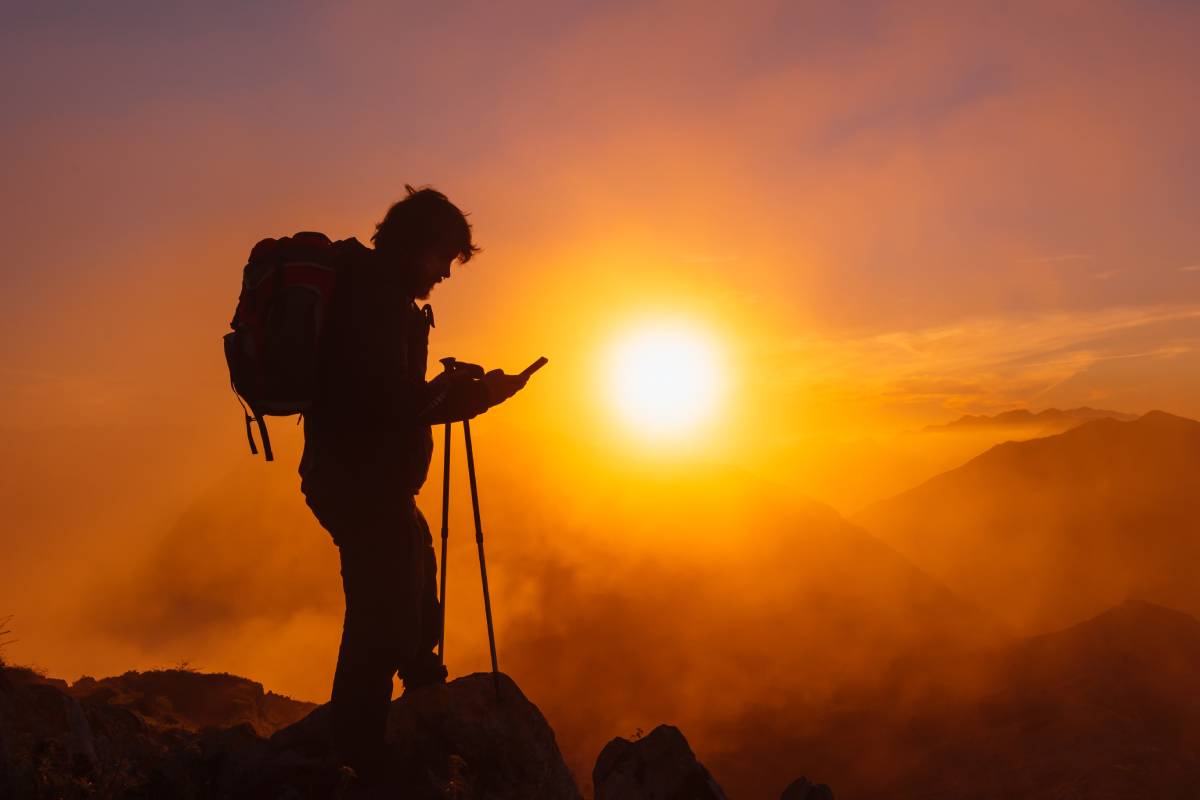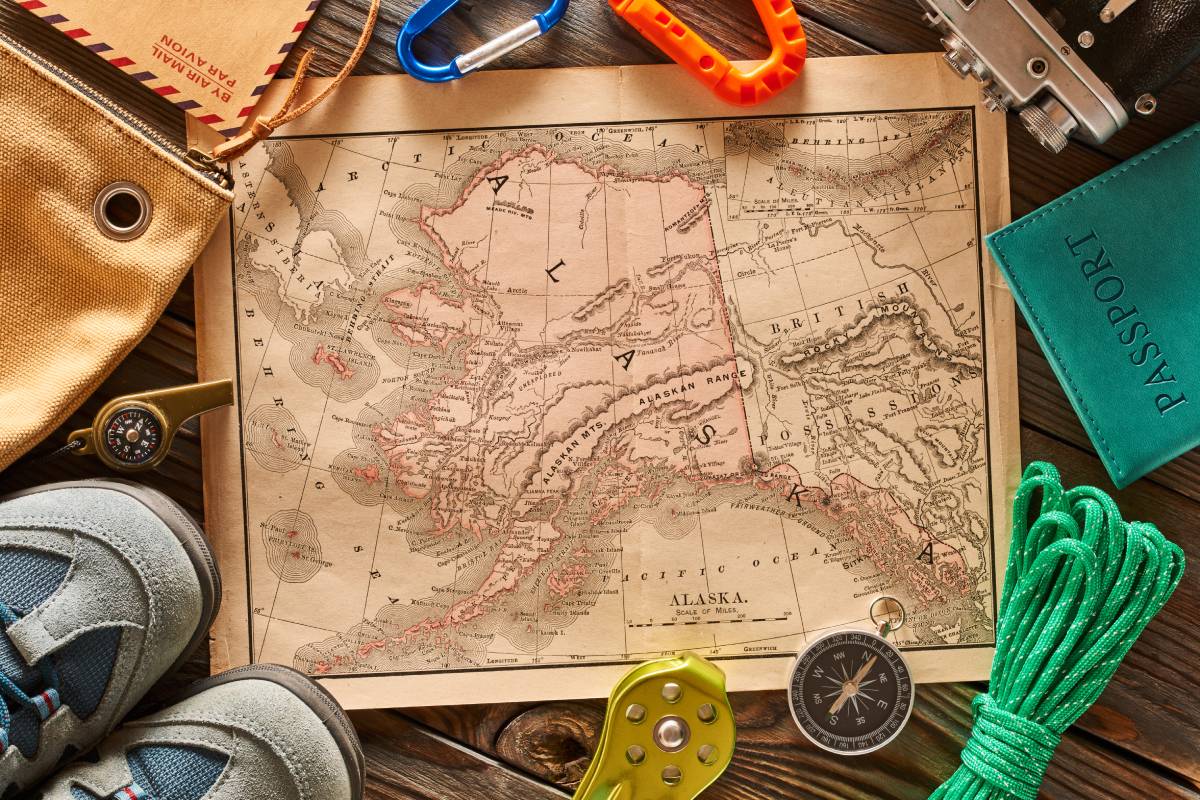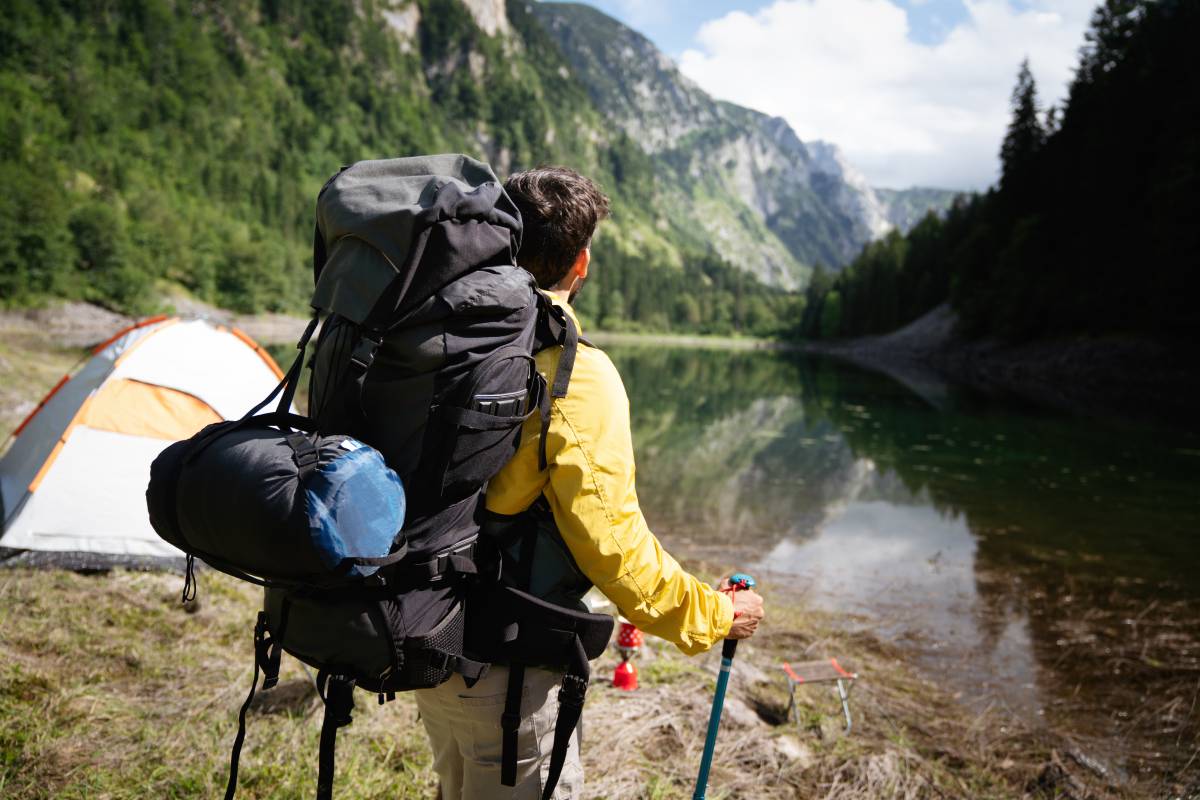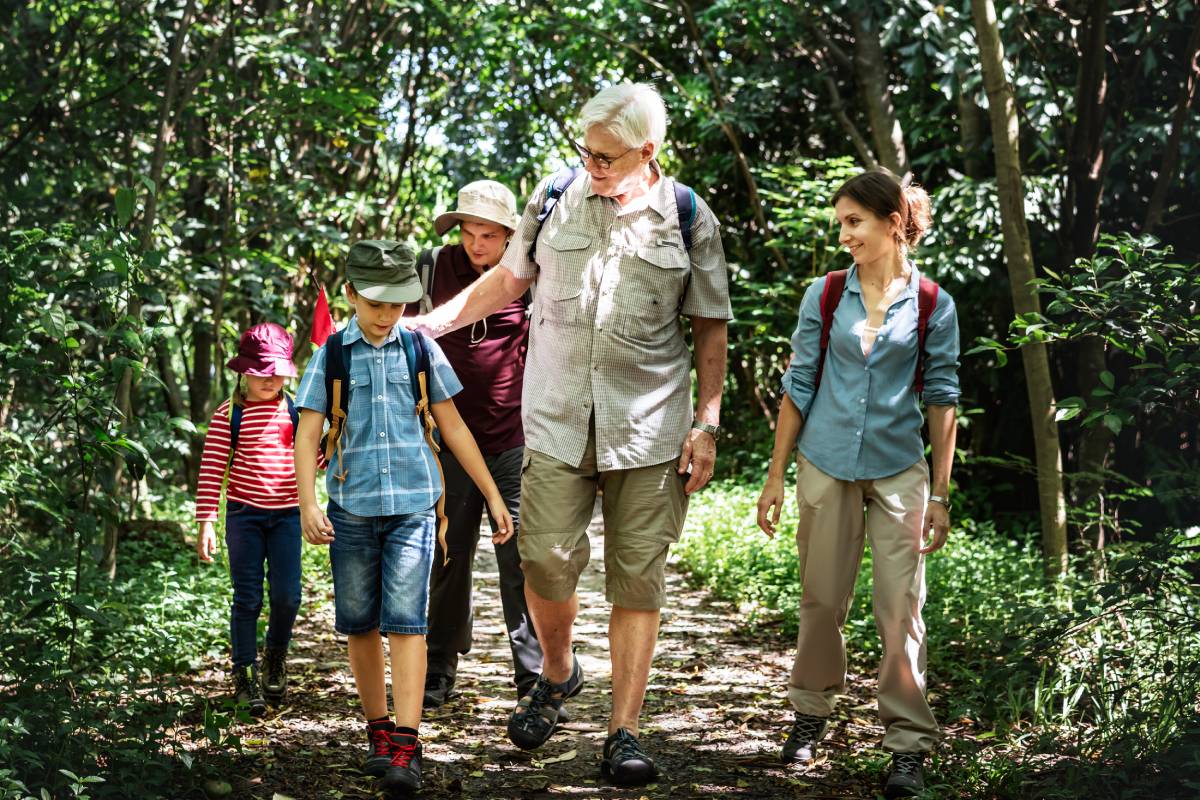Hiking is a great activity for beginners, offering numerous benefits like fresh air, exercise, and reduced anxiety (which could be handy for parents with a kid who has Illness Anxiety Disorder to spend their time together.)
However, before going to the full wilderness experience, it’s important to cover all the needed basics.
Here’s a simple guide to help you prepare for your hike, covering safety, gear, clothing, shoes, and route planning.
What to Consider Before Hiking?
Hiking can be both rejuvenating and enjoyable, but it’s crucial to be aware of potential risks. Take some time to research and prepare before you hit the trails.
Trip Preparation and Research
Consider the following when planning your hike:
- Skill Level: Stick to well-traveled paths and beginner-friendly trails until you gain more experience.
- Time: Determine the duration of your hike, whether it’s a short hour-long trip or a more extended week-long adventure.
- Distance: Decide on your desired hiking distance based on your fitness level and the terrain.
- Elevation: Opt for gradual inclines if you’re new to hiking; you can tackle higher elevations as you gain experience.
- Weather: Check trail accessibility, especially in winter, and avoid areas prone to flooding in the rain.

Route Planning
Once you have a route planned, it’s crucial to stick to it. Venturing into unfamiliar or remote areas can increase risks significantly.
Communication
Hiking with at least one companion is recommended. Inform your loved ones of your location and estimated return time. Carry a GPS tracker in areas without cell service for added safety.
Fitness Levels and Physical Considerations
Regardless of your fitness level, hiking requires specific skills. Here are some tips for a safe hike:
- Start Slow: There’s no shame in choosing beginner routes initially; gradually progress to more challenging trails.
- Listen to Your Body: If you feel tired or experience discomfort, it’s okay to end your hike early.
- Light Packing: Carry only essential items until you’re accustomed to a heavier load, especially in hot or humid weather.
- Stay Hydrated: Drink plenty of water and have snacks to maintain your energy levels before, during, and after the hike.
Safety Tips for Hiking
Enjoying the picturesque landscapes while hiking is like stepping into a real-life Bob Ross painting. However, it’s essential to be aware of potential risks to ensure a safe and enjoyable experience.
Respect for Wildlife
While hiking, resist the urge to interact with local wildlife, including adorable critters. Remember, you’re in their home, so let them be.
Awareness of Dangerous Animals
Research and understand the wildlife in the area. If you’re in bear country, carry bear spray. Consult with a park ranger to identify any venomous snakes, spiders, or insects along your route.
Appropriate Clothing
Be prepared for changing weather conditions. Layer up in winter and opt for light, breathable clothing in summer. Regardless of the season, protect yourself from the sun by wearing hats and applying sunscreen.

What Gears Do I Need Before Going Hiking?
Ready for your hiking adventure? Check out this shopping list to ensure you’re well-equipped. Remember, you’ve got plenty of options, so choose what suits your preferences.
Footwear
1. Heavy Boots:
- Ideal for rocky, slippery, or muddy terrains.
- Thick exterior for foot protection.
- Cushioned midsoles for stability.
- Note: Heavy boots might be too much for low-key trails and can be a bit heavy.
2. Light Boots:
- Suitable for easy to moderate routes.
- Offers decent protection and good traction on most terrains.
3. Trail Shoes:
- Sneaker-like design with thicker outer layer.
- Provides breathability but may offer less ankle support.
4. Trail Running Shoes:
- Similar to trail shoes but with better traction.
- Prevents slipping on wet surfaces.
- Pro tip: Add gel inserts for extra comfort.
Clothing
For Hot Weather:
- Sunglasses
- Visor or baseball hat
- Sweat-wicking t-shirt
- Water-resistant watch
- Moisture-resistant socks
- Sport shorts or breathable leggings
For Cold Weather:
- Sunglasses
- Windbreaker
- Insulated gloves
- Insulated leggings
- Thermal long johns
- Water-resistant watch
- Insulated winter jacket
- Wool or synthetic fibre socks
- Headband, knit beanie, or trapper hat for head and ear coverage
General Clothing Tips:
- Always bring layers due to unpredictable weather changes.
- Avoid cotton; choose synthetic blends or linens for better moisture management.
Now you’re ready for a comfortable and enjoyable hiking experience!
Backpack
When it comes to hiking backpacks, there’s a variety of options. Here’s a simple guide to help you pick the perfect one for your needs.
Frameless Backpacks
Description:
- Flexible and lightweight.
- Ideal for light loads.
Considerations:
- Weight may press down on shoulders, potentially causing discomfort over time.
Internal-Frame Backpacks
Description:
- The rigid or semi-rigid internal frame (plastic sheets or aluminium rods).
- Even weight distribution across shoulders and back.
FYI:
- Some have removable rods for versatility.
Customisation Options
Features:
- Load adjuster straps reduce pressure on the lower back.
- Compression straps stabilize weight.
- Some bags include built-in hip belts and sternum straps for increased balance and stability.
Toiletries
Bug Spray
Importance:
- Protects against ticks and mosquitoes carrying diseases.
Sunscreen
Recommendations:
- Choose water-resistant, athlete-designed SPFs for longer-lasting protection.
- Reapply throughout the day, even under tree coverage.
Toilet Paper and Period Products
Preparation:
- Pack TP, tampons, and pads for nature’s calls.
- Carry used products in a sealed bag for proper disposal in civilization.
Navigation
Compass and Map
Functionality:
- Compass aids in orientation if you lose your way.
- Maps provide detailed terrain information.
- Consider bringing a pen to mark your starting point and highlight landmarks.
GPS Tracker
Advantages:
- Helps you stay on course.
- Some allow pre-downloading of geographical data for offline use.

Must-Have Supplies for Your Hike
Ensure you’re well-prepared for your hike by packing these essential supplies:
Water Bottle
Recommendation:
- Opt for a reusable water bottle.
- Use a BPA-free plastic bottle if your route has filtered, fresh water.
- Consider a filtrating bottle for natural water sources.
Snacks
Importance:
- Fuel up before starting your hike.
- Pack snacks like dried fruits, nuts, seeds, and power bars for energy along the way.
Trekking Poles
Benefits:
- Cool AF and not just for steep terrains.
- Ideal for balance and enhancing power, even on beginner trails.
Binoculars
Usage:
- Handy for bird watching and seeing far ahead.
- Enhances awareness of your surroundings.
Flashlight
Recommendation:
- Keep a flashlight, preferably tactical, even on day hikes.
- Headlamps are convenient for hands-free use.
- Carry extra batteries in a sealed waterproof bag.
Whistle
Purpose:
- Acts as an alert signal in emergencies.
- Useful for getting someone’s attention quickly.
First Aid Kit
Contents (per American Red Cross):
- Gause
- Aspirin
- Tweezers
- Antiseptic wipes
- Nonlatex gloves
- Sterile gause pads
- Antibiotic ointment
- Emergency blanket
- Adhesive cloth tape
- Instant cold compress
- Emergency first aid guide
- Adhesive bandages in assorted sizes
- Compression wrap (great for sprained ankles)
Tip: Consider taking online first aid classes from the American Red Cross to enhance your skills for hiking and life.






